The drive towards recycling and developing circular economy solutions has been accelerated by consumer consciousness, sustainability awareness and also the wider digitalization and Industry 4.0 movement. There more conversations happening around textile recycling within the fashion and apparel industry, plastics and packaging recycling in the food and beverages industry, electronic waste recycling in the consumer electronics industry and pilots by several global brands in the direction of closing the ends of the supply chain loops with recycling resources to feed the manufacturing process.
While nearly all product manufacturing companies have their distribution supply chains and processes figured out and in place, when it comes to closing the loop, the return and collection of product materials, packaging or resources is the missing piece. In fact, most supply chain systems and ERP systems that belong to the manufacturer, ‘end’ or stop identifying and tracking products once they are out of the facility and handed over to a distributor or retailer. In order to move towards a circular model besides the challenge of incentivizing the end consumers to return the recyclable resources back to the organization, the manufacturer has to be able to:
- Identify the returned item or resources
- Mark the item / resource as ‘returned for recycling’
- Measure & know how many items are ‘out in the market’ vs ‘returned for recycling’ for the circular system to be built and working.
At a basic level, when an item has been returned or dropped off by a consumer for recycling, the manufacturer needs to be able to instantly identify that item and acknowledge this item is ready to re-enter the manufacturing process and this is where Digital Product Identity comes becomes an essential component of building a solution which works.
Let’s assume a denim apparel manufacturer is looking to build an extremely basic solution that allows customers to drop off their old worn out pair of jeans in a recycling bin at one of its retail store locations so the textile can be recycled into new denim products.
- While developing our digital “Item Data Model” we’ll need to ensure the product identifier which will be on the physical item is included. This can be a standard barcode tag sewn inside the pair of jeans, a data matrix code, washable NFC tag or any identifier. For the purpose of this use case, we’ll consider the most basic 2D bar code / UPC / EAN / GTIN. This physical identifier is mapped to a digital product identifier maintained on the cloud which is coupled with a digital twin that carries data attributes of the item throughout the lifecycle of the item.
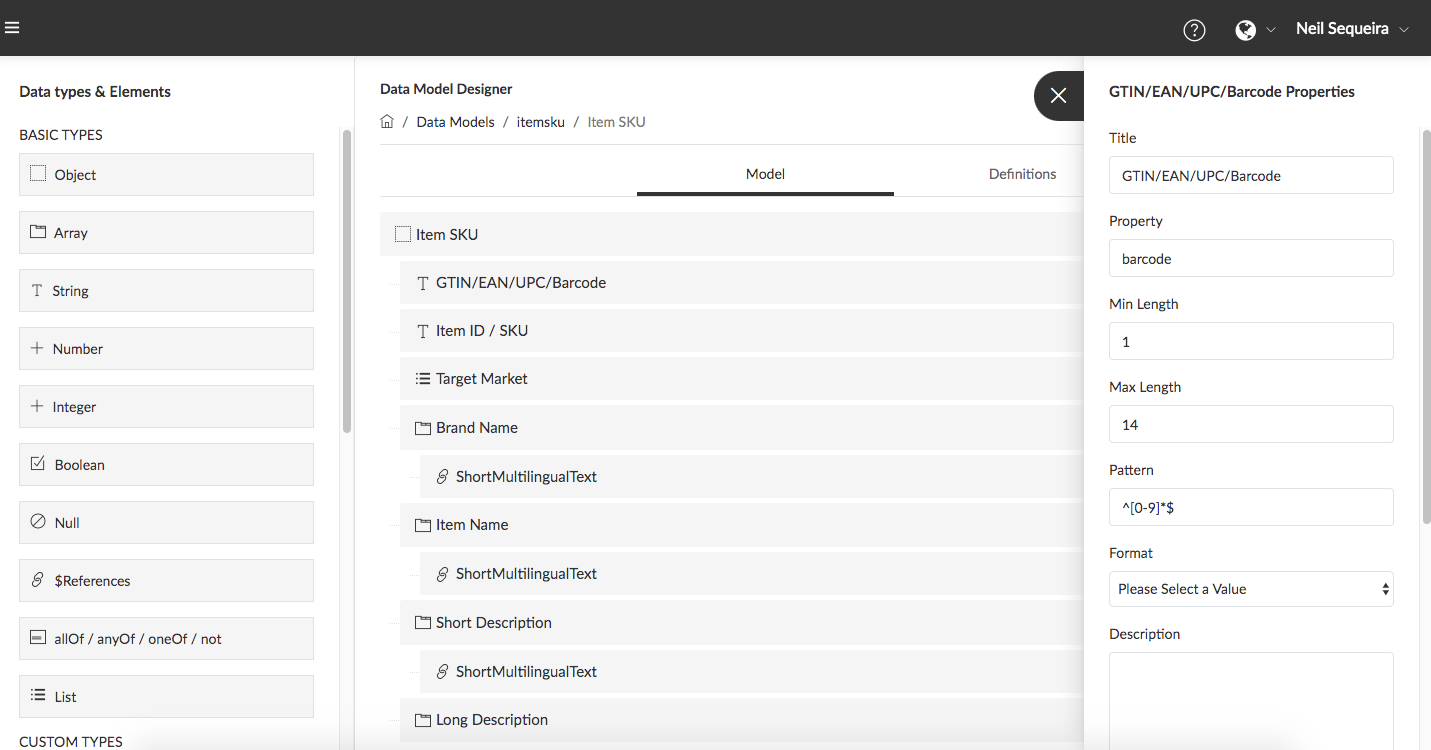
- Another attribute called “Item Status” can be defined within the data model to record whether the item is currently “Active in Market” or “Returned for Recycling”. This can be set by default to “Active in Market” when the jeans leaves the manufacturing facility.

- When a consumer finds their pair of jeans has reached the end of its lifecycle, they come back to the retail store (or drop off location) and drop off the pair of jeans in a recycling bin equipped with an ordinary POS barcode scanner to read the tag. The scanner reads the barcode ID and sends it back to the platform via API.
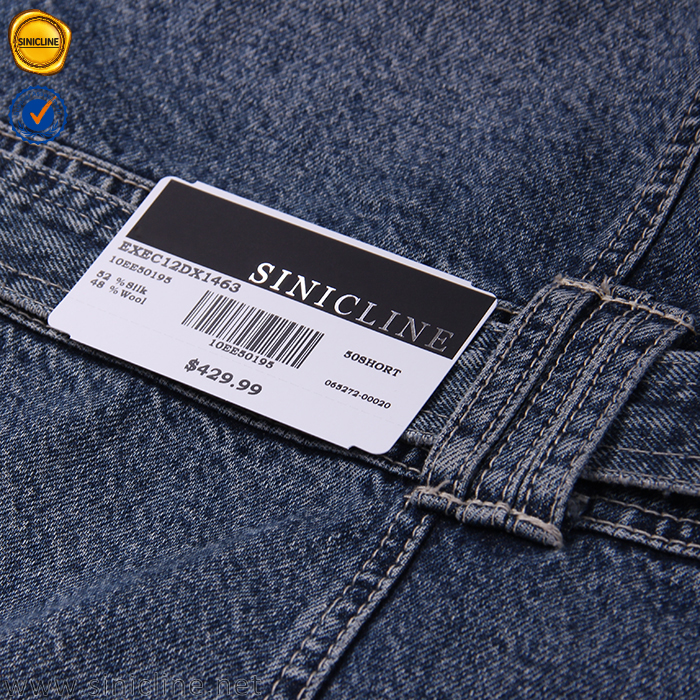
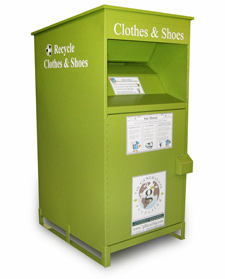
- The system identifies the item returned and enters a “Custom Flow” which updates “Item Status” to “Returned for Recycling” and passes any important item data from the identified item onward to the manufacturing system. For example, the item name, quantity, primary material contained, listed recyclable components, location of the returned item etc.
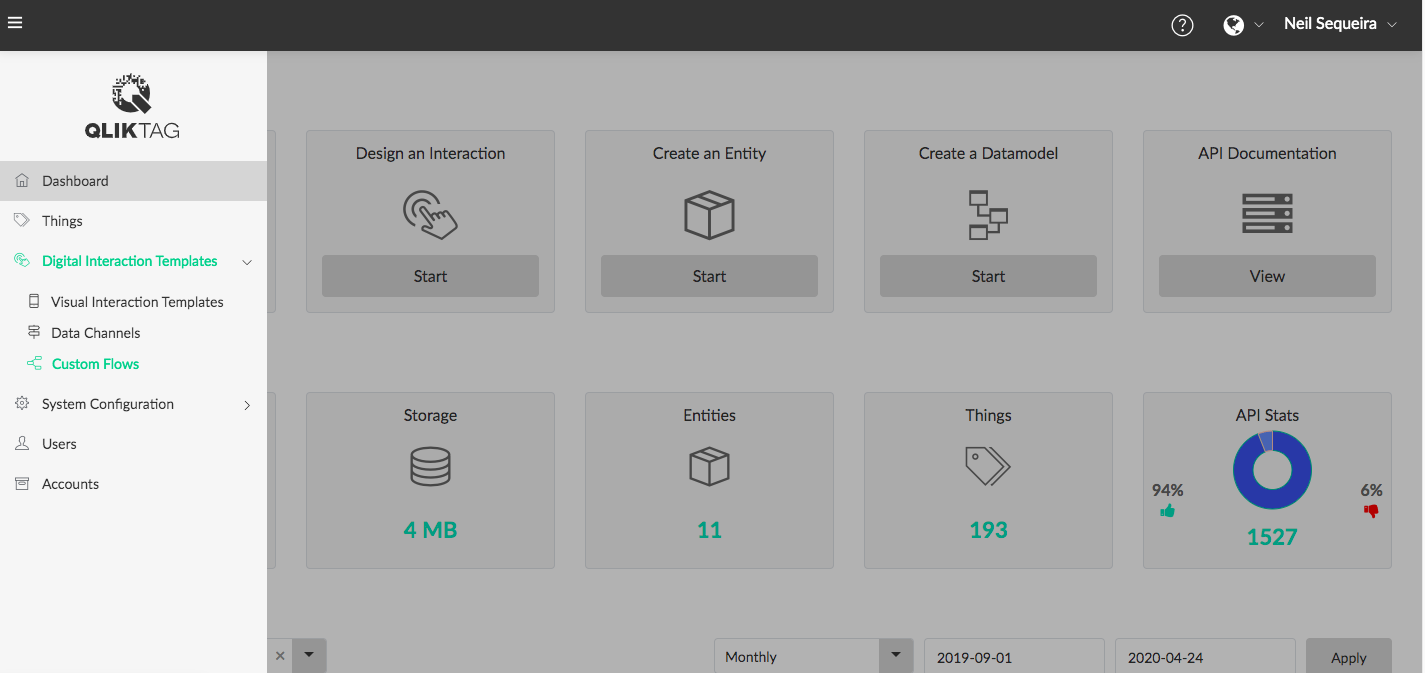
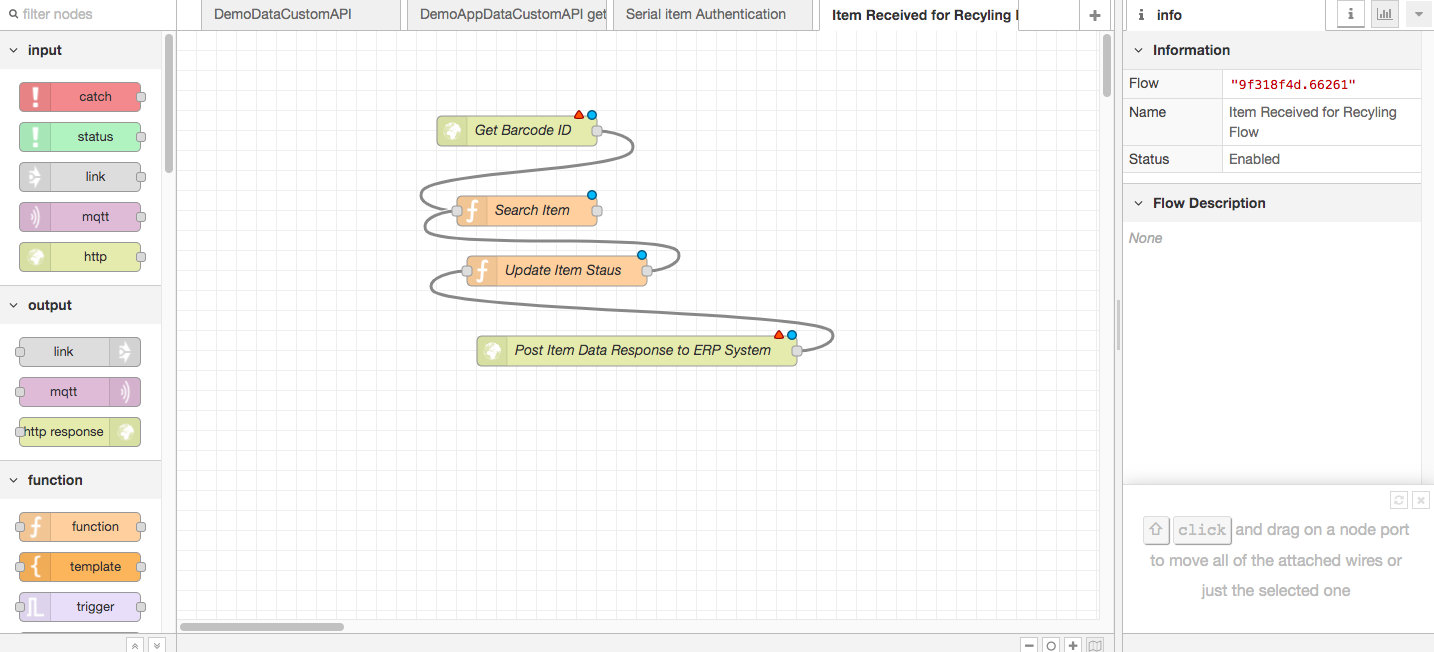
Configuring a functional smart recycling or circular economy solution with the right technology platform can include many other capabilities. From being able to serialize every single unit of the item, track & trace individual units, enable user registration for the owner of jeans, credit points and rewards to incentivize their recycling efforts, provide consumers figures on how much is being recycled and more. Digital identification and connected product systems can be configured to handle more complexity such as individually identify separate recyclable components which are contained within a single saleable products and even track the number of times an item has come off the production line with recycled inputs.
However, at a fundamental level, you can’t plan a circular closed loop supply chain without knowing how much of your product is out in the hands of consumers and being able to measure how much is back and ready to go back in as recycled raw material. This is precisely where enabling items with digital product identities and digital twins that can maintain data about the product right through the lifecycle becomes critical in building smarter business processes and pave the way for industry 4.0 solutions.



